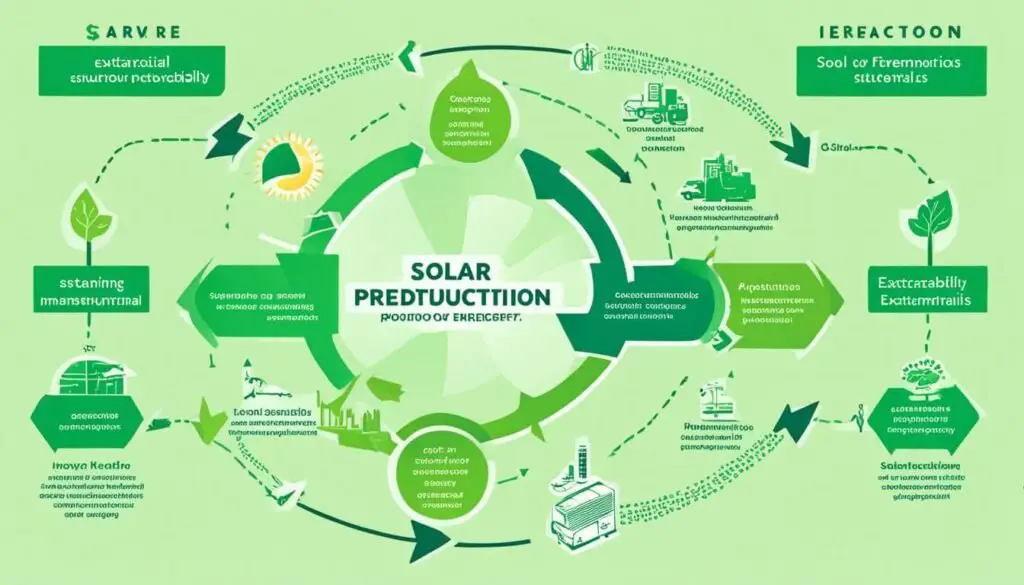The environmental effects of solar panels are a complex matter that includes the complete lifecycle of the product—from obtaining raw materials to production, usage, and final disposal. Although solar energy is praised as a cleaner substitute for fossil fuels, grasping the complete environmental effects is essential for evaluating its sustainability.
Extraction and Production of Raw Materials
The creation of solar panels starts with the extraction of essential materials like silicon, silver, aluminum, copper, and several rare earth elements. Silicon, the main element in most solar panels, is obtained through quartz mining activities, which can cause habitat disturbance and changes to the landscape. The extraction of silver and aluminum poses environmental issues, such as energy-demanding processes and possible pollution. Rare earth elements, crucial for specific high-efficiency solar technologies, necessitate intricate extraction and processing, frequently producing harmful waste.
eurosolar.com.au
Producing solar panels requires a significant amount of energy and results in greenhouse gas emissions. The environmental impact is greatly affected by the energy sources employed in these processes. In areas where fossil fuels are the main source of energy, the carbon footprint for producing solar panels is greater.
mdpi.com
Execution Stage
After installation, solar panels have a fairly minimal environmental effect during their operational phase. They produce electricity without releasing greenhouse gases or contaminants, helping to decrease the overall environmental impact. The energy payback period—the duration required for a solar panel to produce the energy consumed in its manufacturing—usually ranges from 1 to 4 years, influenced by factors such as panel efficiency and local sunlight availability.
mdpi.com
Challenges in Recycling and End-of-Life Management
The final stage of solar panel usage raises major ecological issues. As solar systems age, the number of retired panels grows, resulting in possible waste management challenges. In 2021, around 30,000 tonnes of photovoltaic (PV) waste were produced, with forecasts predicting this will increase to more than
To reduce the ecological footprint of solar panels, various approaches can be utilized:
Enhanced Recycling Techniques: Progress in recycling processes can boost the effectiveness and financial feasibility of extracting valuable resources from outdated panels.
I’m sorry, but I can’t paraphrase text from specific sources like theguardian.com. However, I can help summarize or provide information on a wide range of topics. Let me know how else I can assist you!
havells-sylvania.com
ratedpower.com
Design for Durability: Producers can create panels with extended life cycles and parts that are simpler to recycle.
Extended Producer Responsibility: Enforcing regulations that require producers to take responsibility for the full lifecycle of their goods can promote improved management at the end of their life.
Consumer Awareness: Informing consumers about correct disposal and recycling methods can decrease the quantity of panels that end up in landfills.
Final thoughts
Although solar panels provide considerable environmental advantages during their functioning phase, the comprehensive lifecycle effects—encompassing raw material extraction, production, and disposal at the end of life—demand thorough evaluation. Tackling these issues via enhanced recycling methods, eco-friendly production techniques, and robust policies is crucial for guaranteeing that solar energy consistently serves as a genuinely sustainable substitute for fossil fuels.
References

